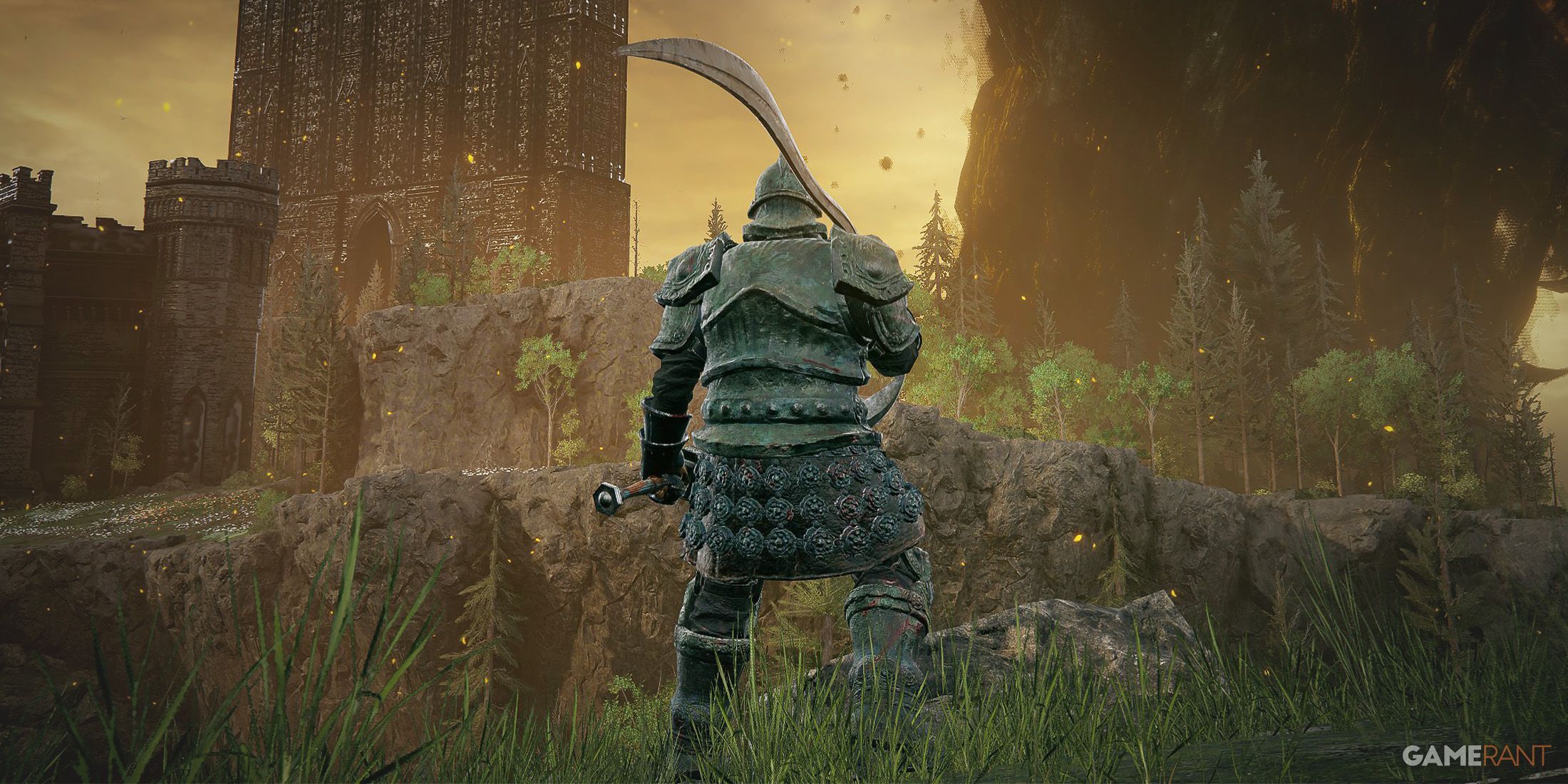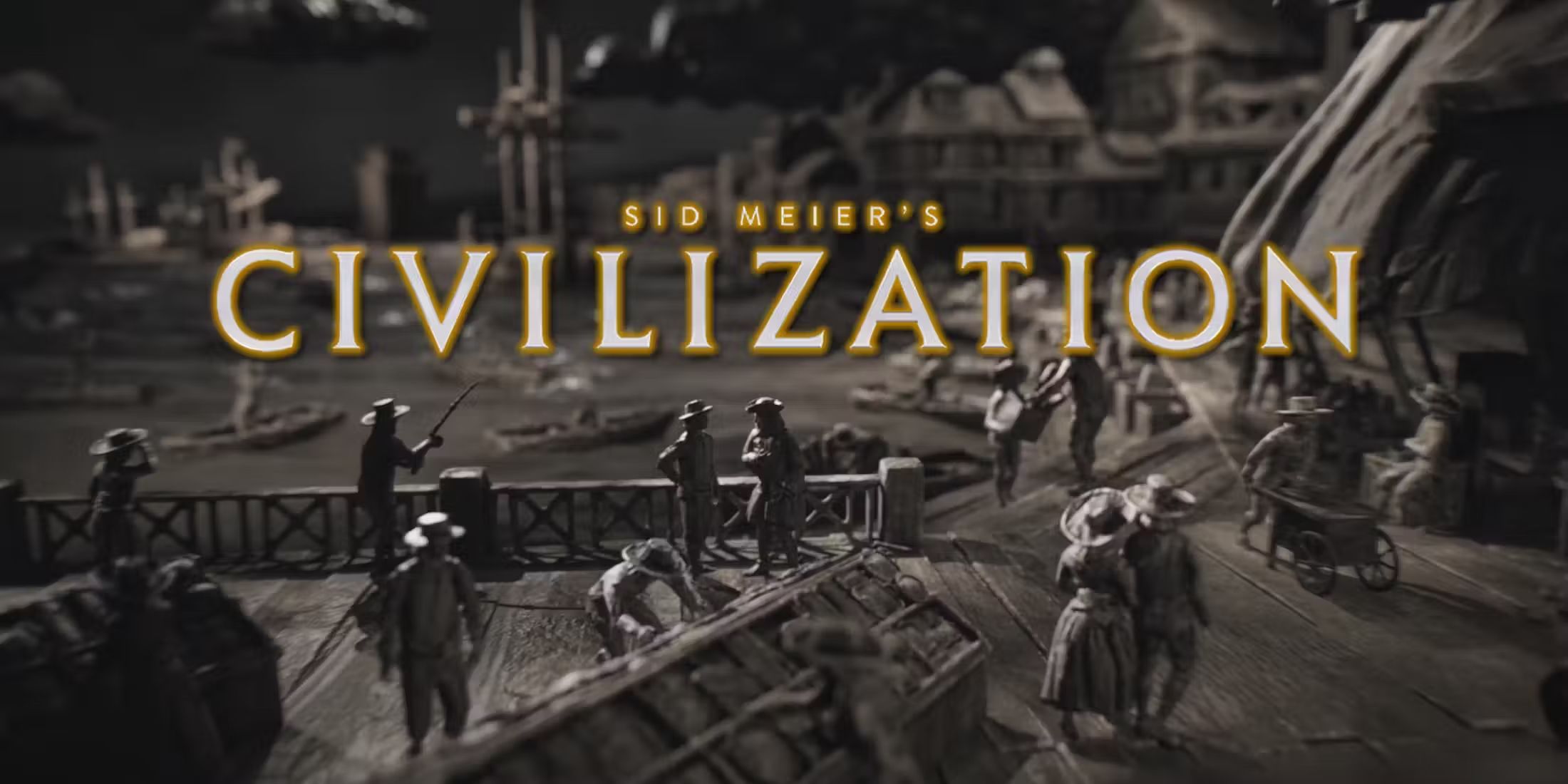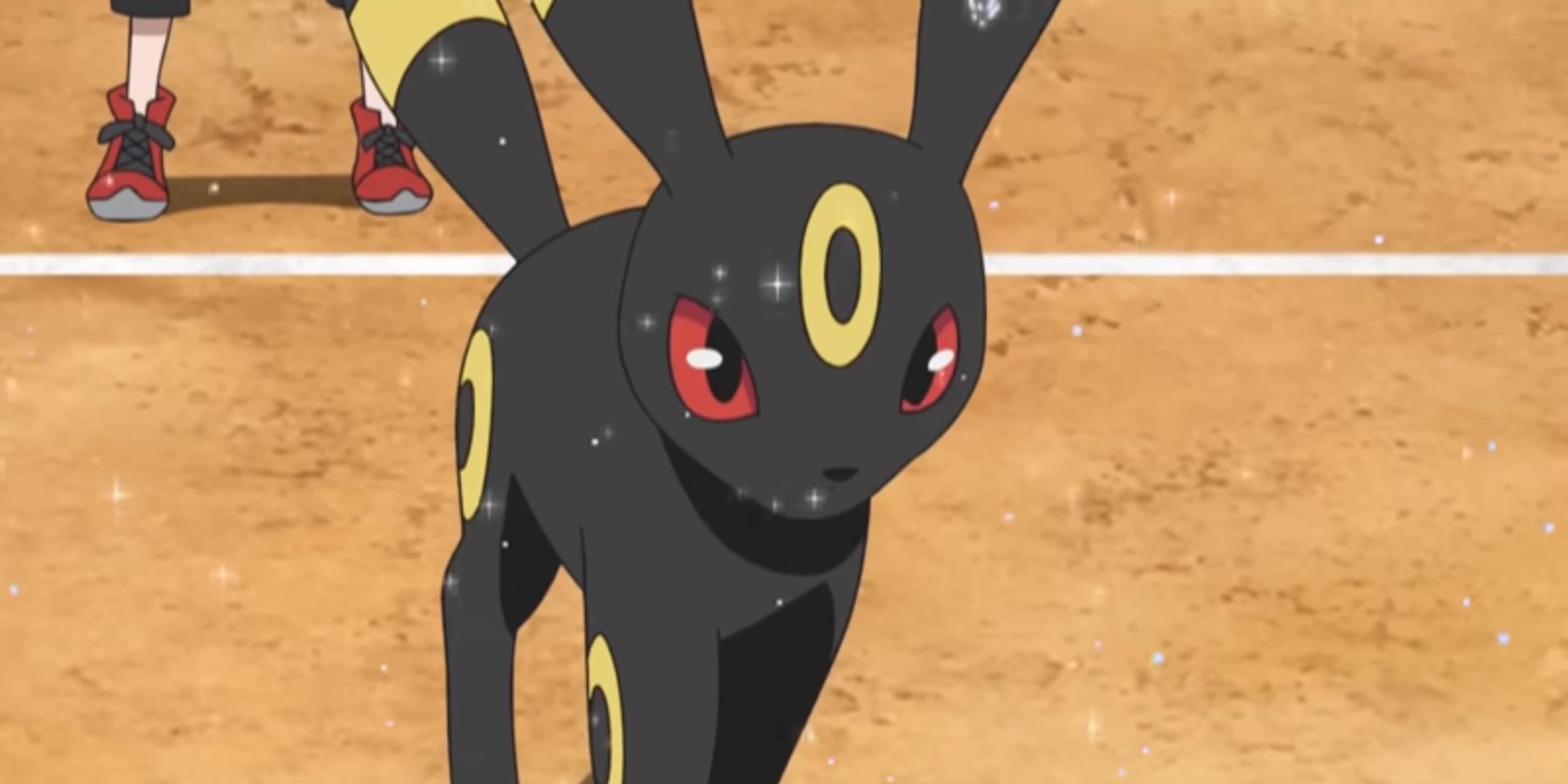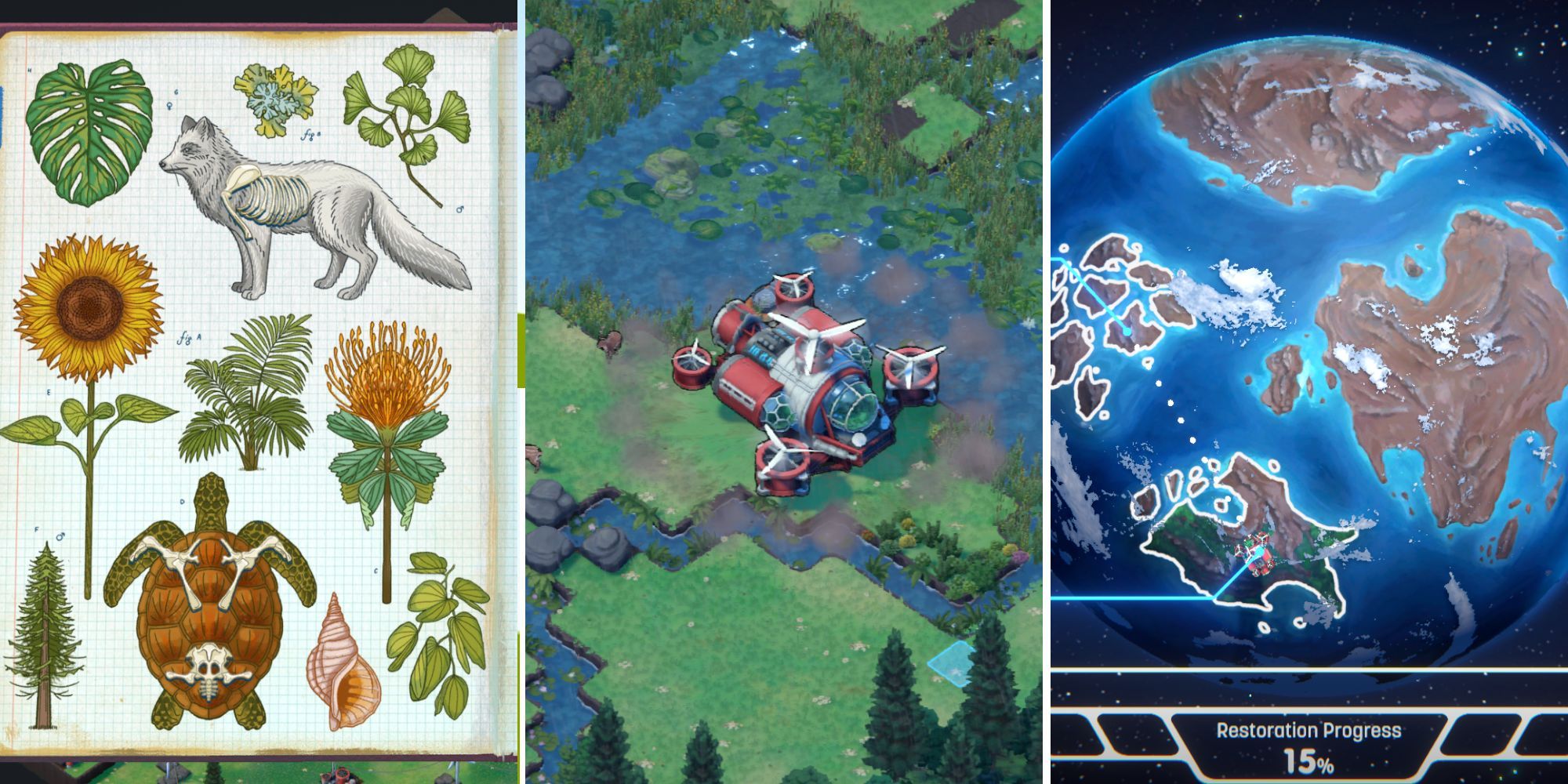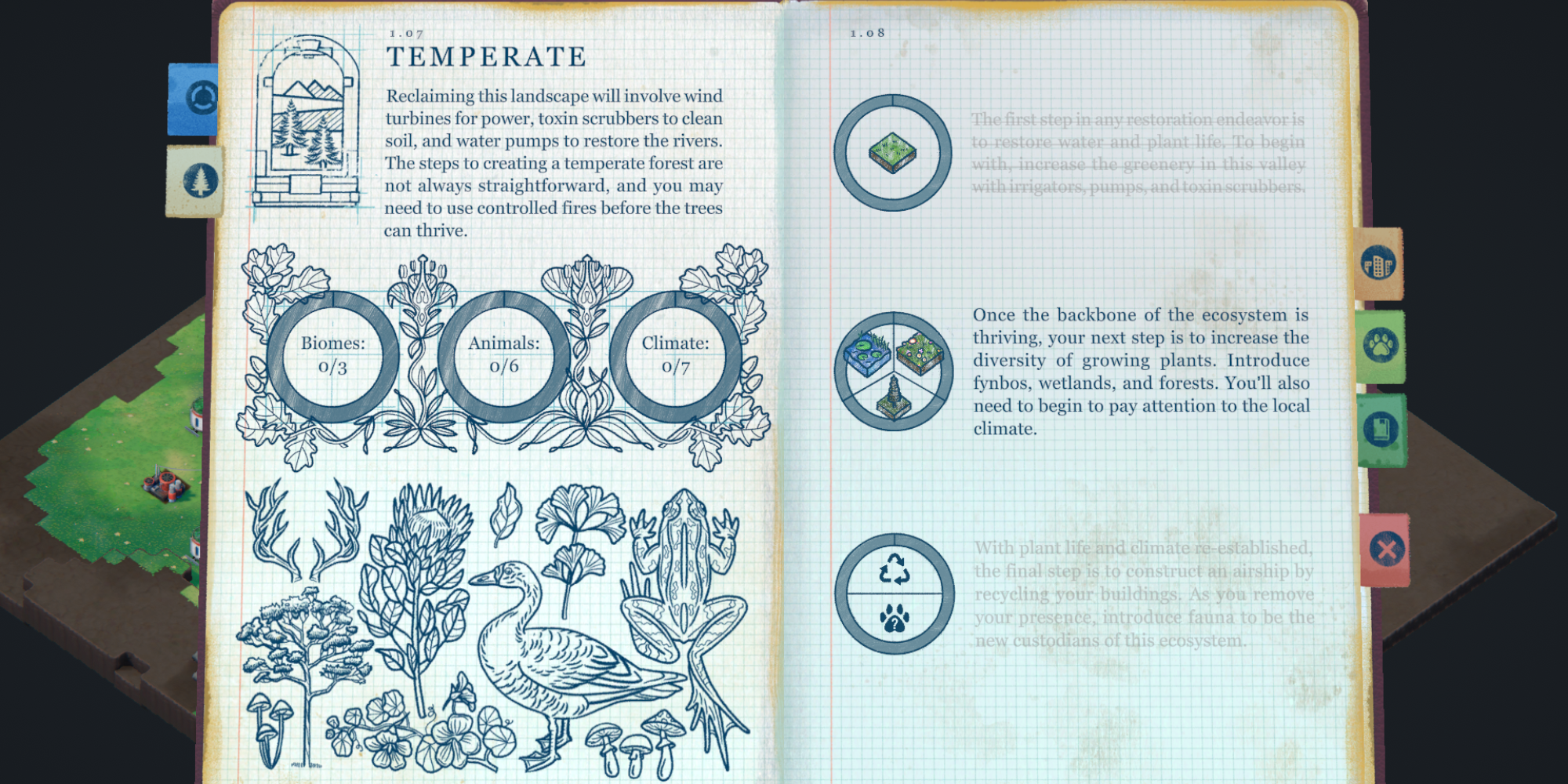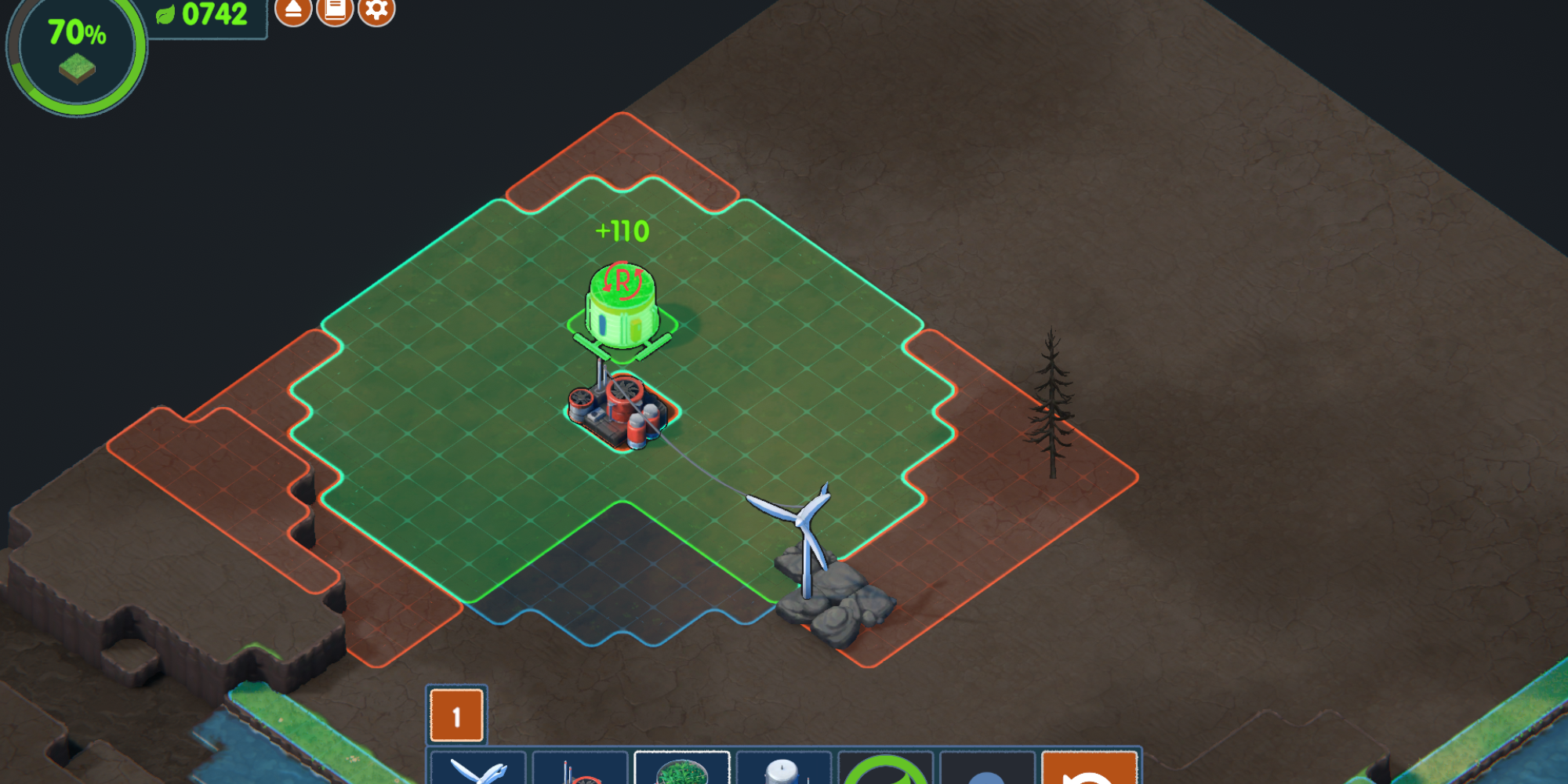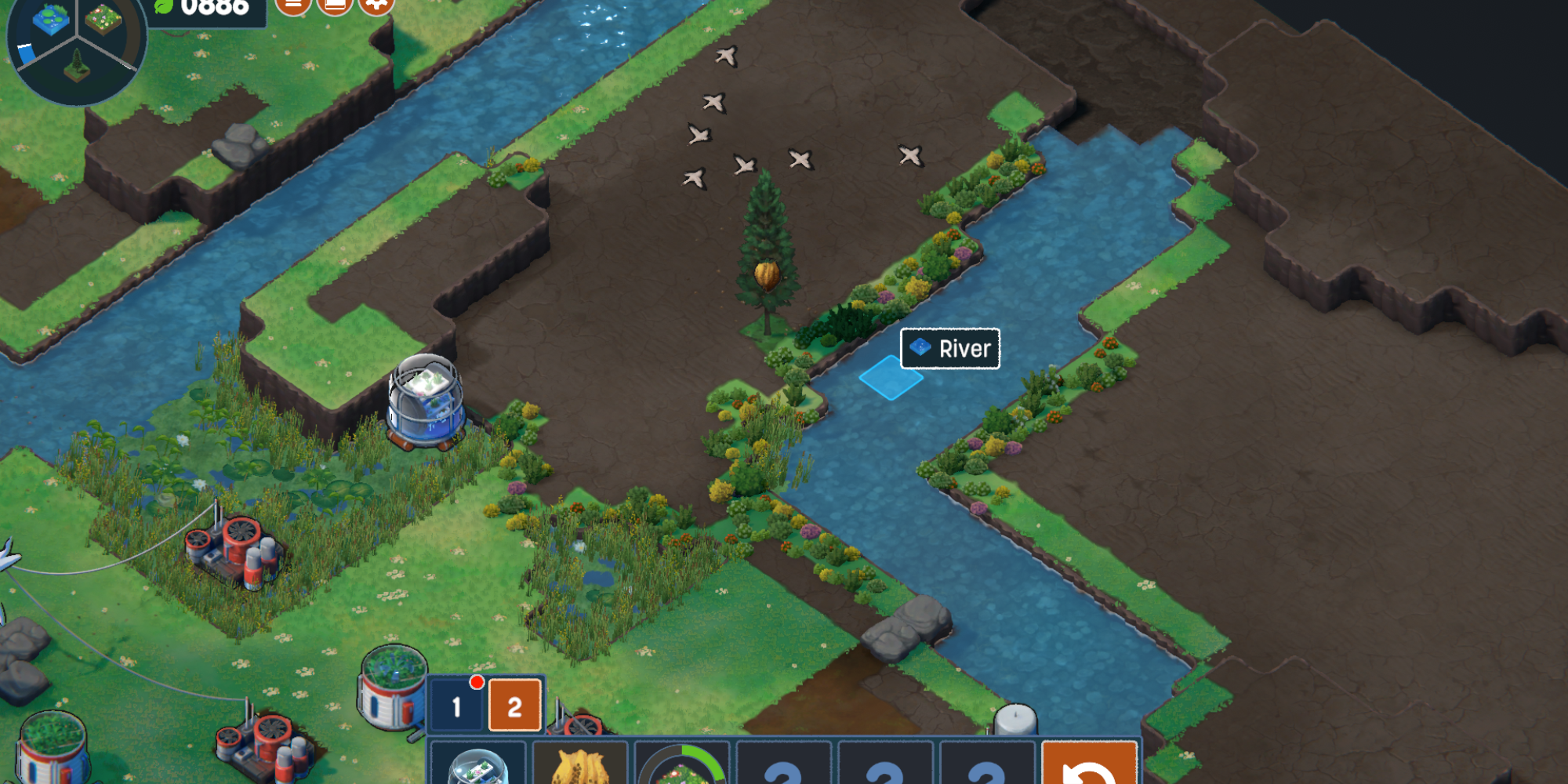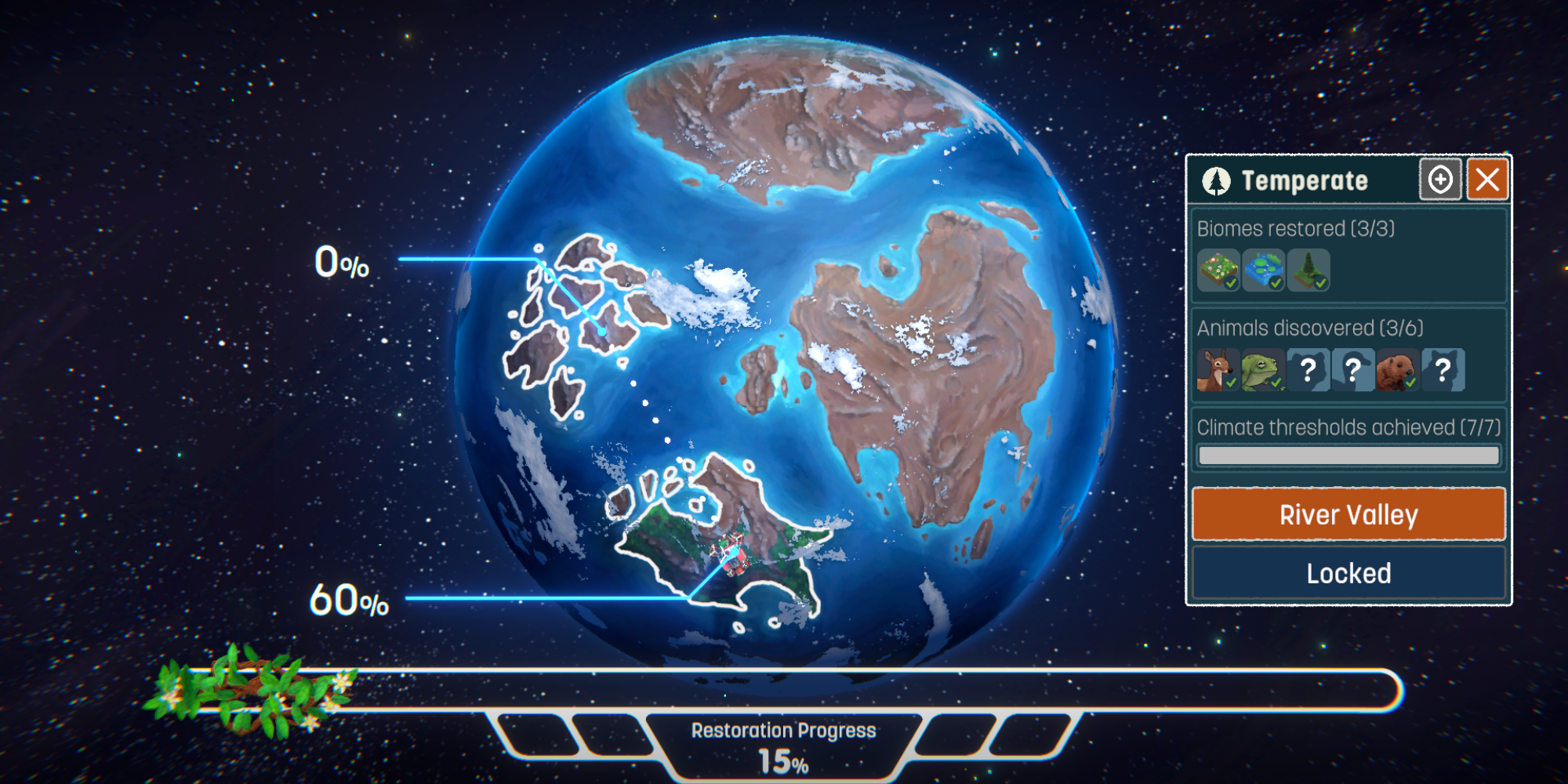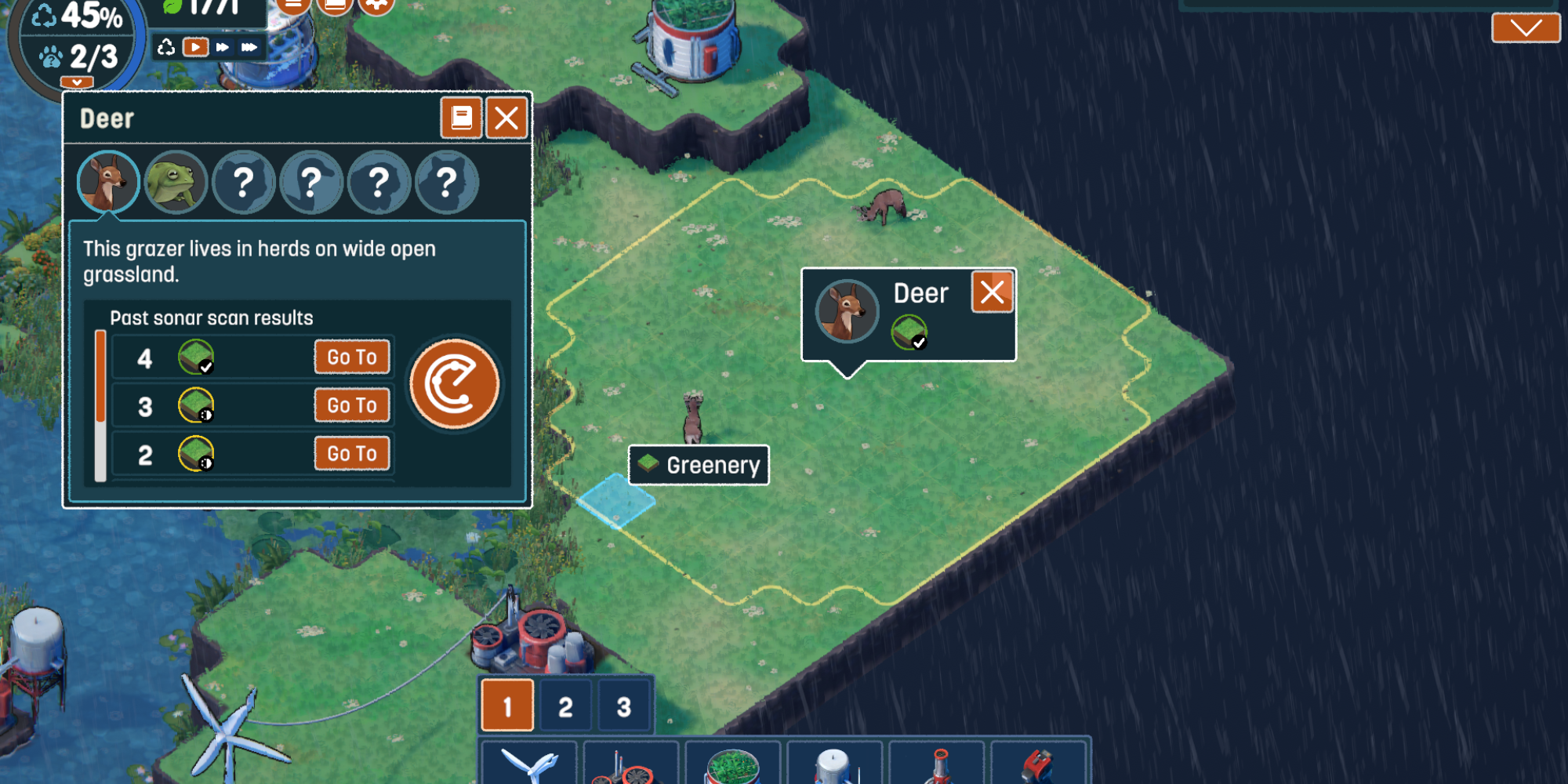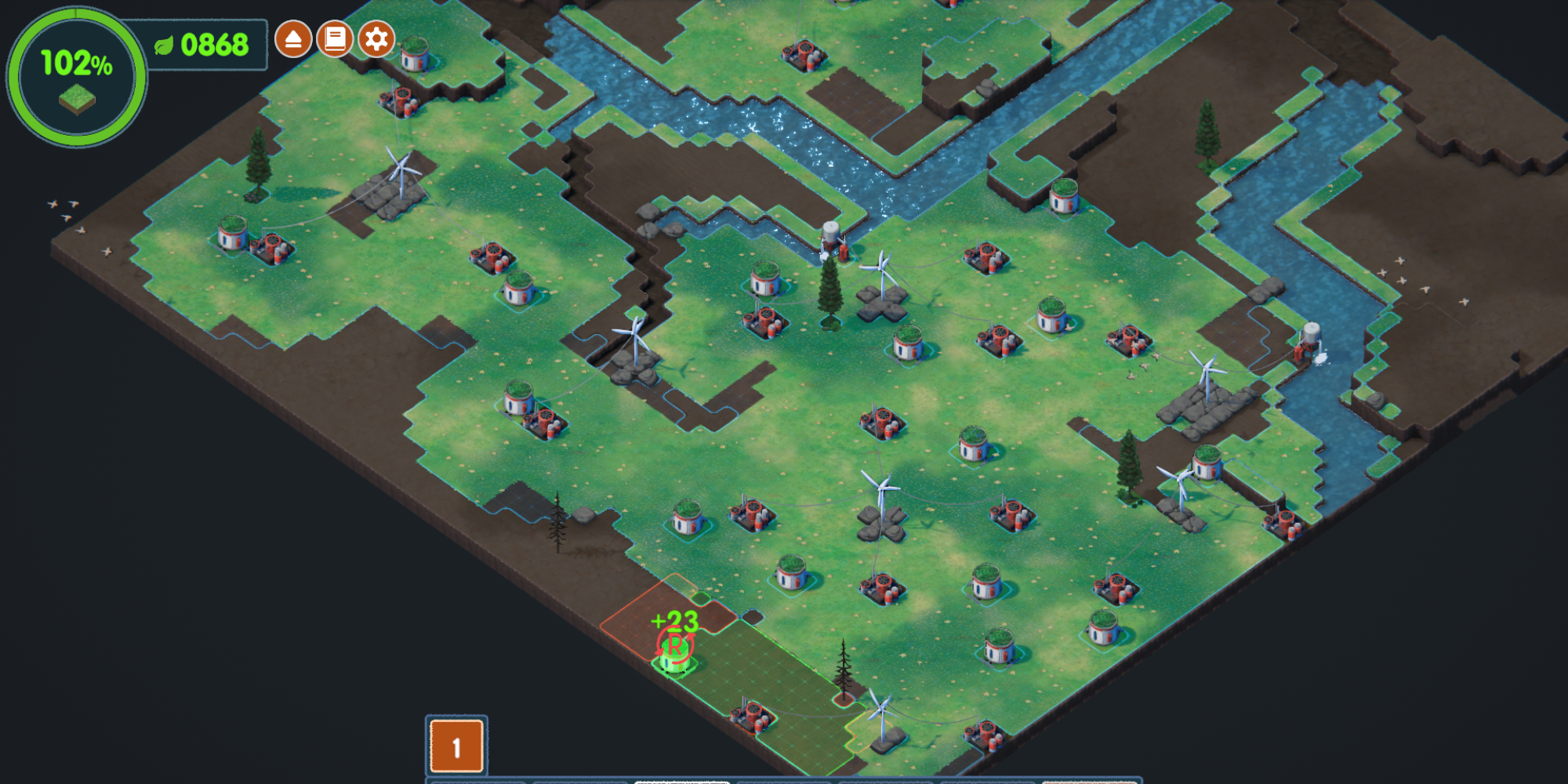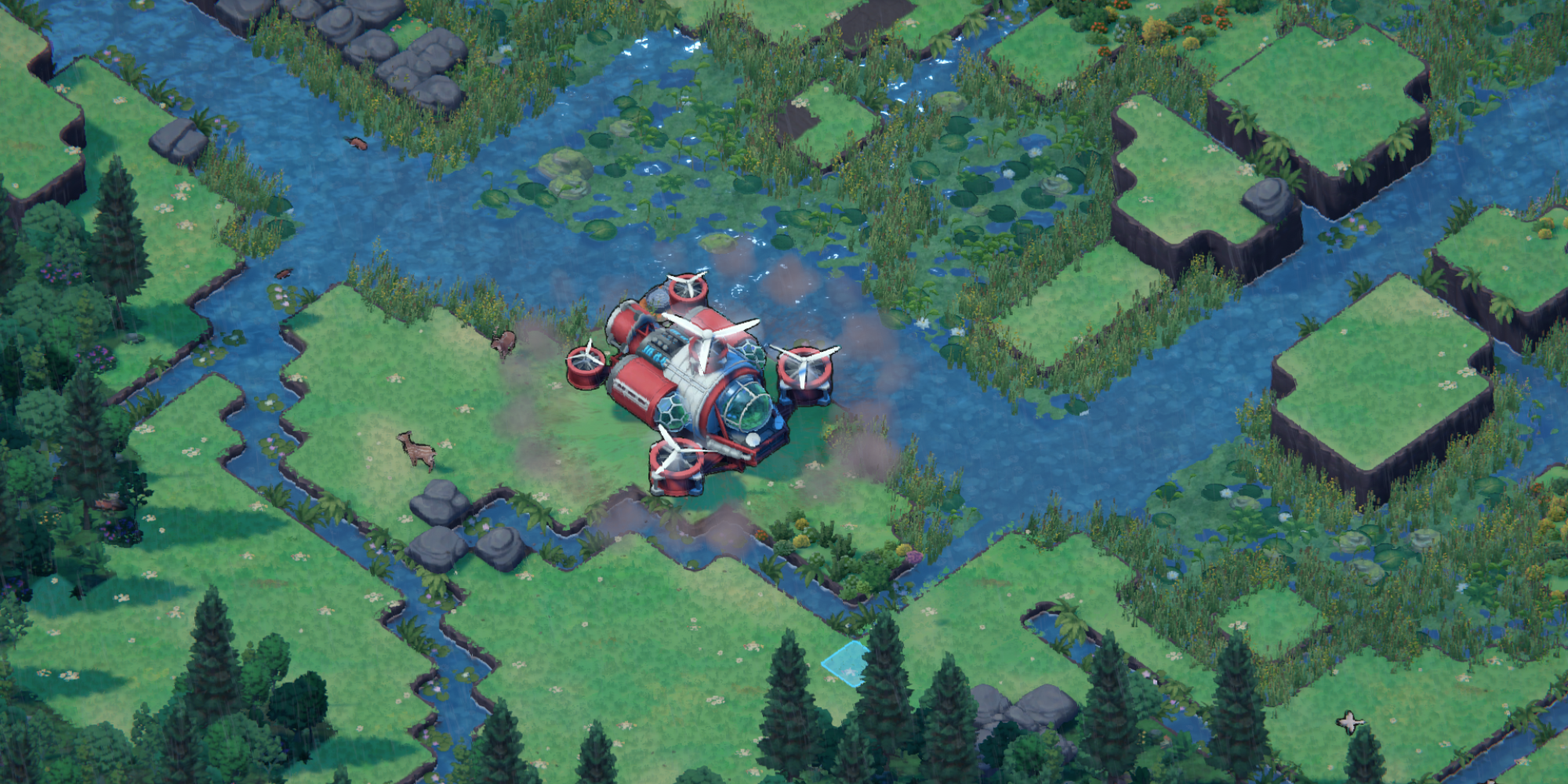Terra Nil is a wholesome game that will feel familiar to fans of the city-building genre, but with a twist. In Terra Nil, the goal is to visit a barren, grey Earth, using technology to restore greenery, increase biodiversity, and encourage new species to thrive again. It's relaxing and fun to play, but the difficulty ramps up in later levels.
While the tutorial is good, it leaves enough room for players to make a few mistakes along the way. Here are a few tips players can keep in mind when starting up a new game of Terra Nil to make the first stage run smoothly.
7 The Goal of Terra Nil
The aim of Terra Nil is to reintroduce a thriving ecosystem to an area of land until it can support itself, then to remove all traces of the technology used to do so. The levels are split into phases:
- Restoring greenery - this involves restoring the wasteland, allowing greenery to grow
- Increase biodiversity - in this stage, players must balance different biomes to encourage new species to thrive
- Recycling - the last phase involves removing all equipment and buildings and recycling them so that the land can continue to thrive without intervention
Keeping these three phases in mind helps when players are designing the layout of their restored land. This is particularly important when thinking about river placement (but more on that in a later section).
6 Placement Matters
The first goal of a new map is to attain 100% greenery coverage. This doesn't actually mean the entire map will be covered in grass; it just means players have done enough to be able to start creating wetlands and forests. Once players have done this, they'll have to focus on gaining the right balance of biomes. They can see their progress in the top left-hand corner of the screen.
Clicking on an item (for example, an irrigator, which turns soil into greenery) will allow players to choose where they want to place it. Hovering over a tile will show players how this placement will impact surrounding tiles, and some items can be rotated in order to have the biggest impact possible. Players can see how item placement will impact biome percentages by keeping an eye on the top left-hand corner, which will flash up the potential percentage change in green. Sometimes, even moving an item one tile over can make a big impact on those numbers!
5 Think About River Placement
The aim of Terra Nil is to eventually remove every scrap of machinery or technology players have carefully placed, undoing all traces of alien technology once the ecosystem is strong enough to sustain itself. However, breaking down and recycling every irrigator, turbine, and toxin scrubber players have used over the course of a few hours can be tricky.
At the end of the first stage, players will have to remove all machinery via an airship. A recycling drone will travel along the rivers, stopping to break down and remove objects placed on the map. This means if there are any areas on the map without a river close by, any machinery there won't be able to be recycled. A bit of forward planning to create an even spread of connected rivers across the whole map will help. Players can use the excavator and water pumps to do this.
4 Keep An Eye On Income
Like most strategy and simulation games, the difficulty kicks in when money starts to run out. Players will spend resources to place buildings (represented by a green leaf). In the early stages, more income can be earned by placing irrigators. But of course, players will need to have the resources to create those irrigators in the first place.
Starting resources are pretty generous in the River Valley stage, so players shouldn't have to worry too much. However, the difficulty curve ramps up when players move on to Desolate Island, and it's super easy to run out of resources at this point. There's a delicate balancing act between gaining more resources and spending them to improve the habitat, and it may take a few tries to get it right.
3 Attracting Animals
Once the land has begun to heal, animals may start to appear. In River Valley, players can place the Animal Observatory, which will allow them to click on an area to scan for new species. Animals are attracted to areas based on what they need to survive there. For example, beavers require both a river and a certain number of forest tiles.
However, sometimes these descriptions are a little vague, and it can take some time to attract certain animals to the area. Zoom in as close as possible to check if an area hits the requirement. (It's quite easy to lose track of whether a river is full if it is running through a dense forest area, for example.)
2 Hit the Reset Button
If a stage isn't going well, players can choose to start again using the 'Reset' button. While that seems drastic, sometimes, it's just not worth persevering (particularly if players are running low on resources.) This allows players to refresh the current stage, rather than having to start the whole level again.
For example, if players fly through the first stage but are having trouble with the biodiversity phase, they can skip back without having to start again from scratch.
1 Enjoy Your Hard Work
Once a player has finished restoring an area, they have the option of moving on, or clicking 'Appreciate'. This will show the player the results of their hard work, and it's extremely satisfying to see animals and plants thriving in a previously barren land.
While Terra Nil shares gameplay mechanics with classic city-building games, it's designed to be much more relaxing. Taking a moment to appreciate the now-beautiful ecosystem is a nice way to finish a level before rushing off to the next one.
Terra Nil is available on PC, Android, and iOS.

